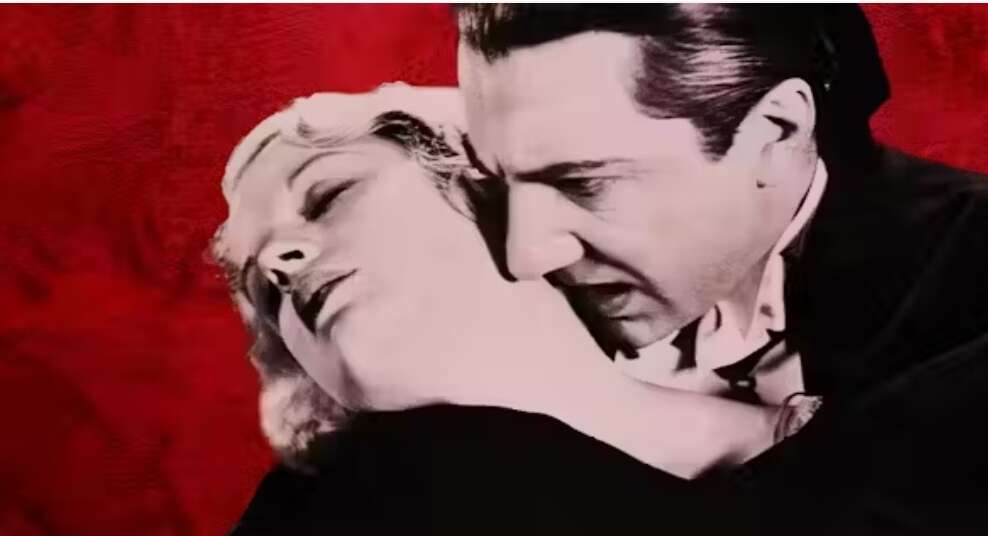Shut by the Lyceum’s grand doorways are the markets of Covent Backyard, the place poor women (like Bernard Shaw’s Eliza Doolittle) bought flowers to passing crowds. Slightly additional on is the East Finish the place the poor and despised might eke out a deadly residing removed from their birthplace in Eire, Africa, India, Asia, and Jap Europe (like Dickens’s Fagin). If Jack the Ripper now not haunted the darkish streets, then crime, alcoholism and unexplained epidemic illness nonetheless introduced terror and sudden, brutal loss of life.
Bram Stoker’s Dracula (1897) is among the most influential Gothic horror novels of all time, full of eerie symbolism, supernatural fears, and deep-seated anxieties in regards to the altering world of the late nineteenth century. The novel intertwines themes of vampirism, sexuality, and the decline of the British Empire, making it a wealthy topic of literary evaluation.
Bats, Blood, and the Supernatural
Bats turned synonymous with vampires largely because of Dracula, the place the Rely is incessantly related to these nocturnal creatures. Stoker drew inspiration from folklore that linked bats to supernatural entities, and the real-life vampire bat, found in South America, added a terrifying layer of realism. The bat motif reinforces the predator-prey dynamic between Dracula and his victims.
Garlic and Different Superstitions
Within the novel, garlic is an important weapon towards Dracula, reflecting Jap European folklore the place it was believed to beat back evil spirits and supernatural entities. Stoker borrowed closely from these traditions, mixing superstition with Victorian science. The distinction between mystical defenses like garlic and trendy instruments comparable to typewriters and telegraphs highlights the novel’s pressure between the previous world and new.
Disturbing Sexualities and Victorian Fears
Dracula’s encounters together with his victims—significantly Lucy Westenra and Mina Harker—carry robust undertones of sexual transgression. The act of consuming blood is depicted with erotic imagery, mirroring Victorian anxieties about feminine sexuality, promiscuity, and the breakdown of conventional gender roles. The transformation of Lucy right into a seductive, predatory vampire displays male fears of the “New Girl” motion, which challenged the best of passive femininity.
Furthermore, Dracula himself has been interpreted by a queer lens. His dominance over Jonathan Harker and his vampiric brides’ management over males recommend a fluidity in sexual energy dynamics that may have been unsettling in Victorian society. The novel performs with homoerotic subtexts, significantly in Dracula’s “brides” scene and his interactions with Harker, including layers of repression and forbidden needs.
A Declining Empire and Overseas Invasion
Dracula may also be learn as an allegory for Britain’s fears of decline. The Rely, an aristocratic foreigner from the East, invades England, draining its lifeblood (each actually and metaphorically). The novel displays anxieties about immigration, the weakening of the British Empire, and fears that outsiders might disrupt the purity of the nation. Dracula represents a monstrous “different” who threatens English identification and civilization.
Conclusion
Stoker’s Dracula is greater than only a horror story; it’s a reflection of the cultural, sexual, and political anxieties of its time. The novel’s use of bats, garlic, and supernatural parts creates a chilling ambiance, whereas its themes of sexuality and imperial decline make it a timeless piece of literature that continues to be studied and reinterpreted right now.


